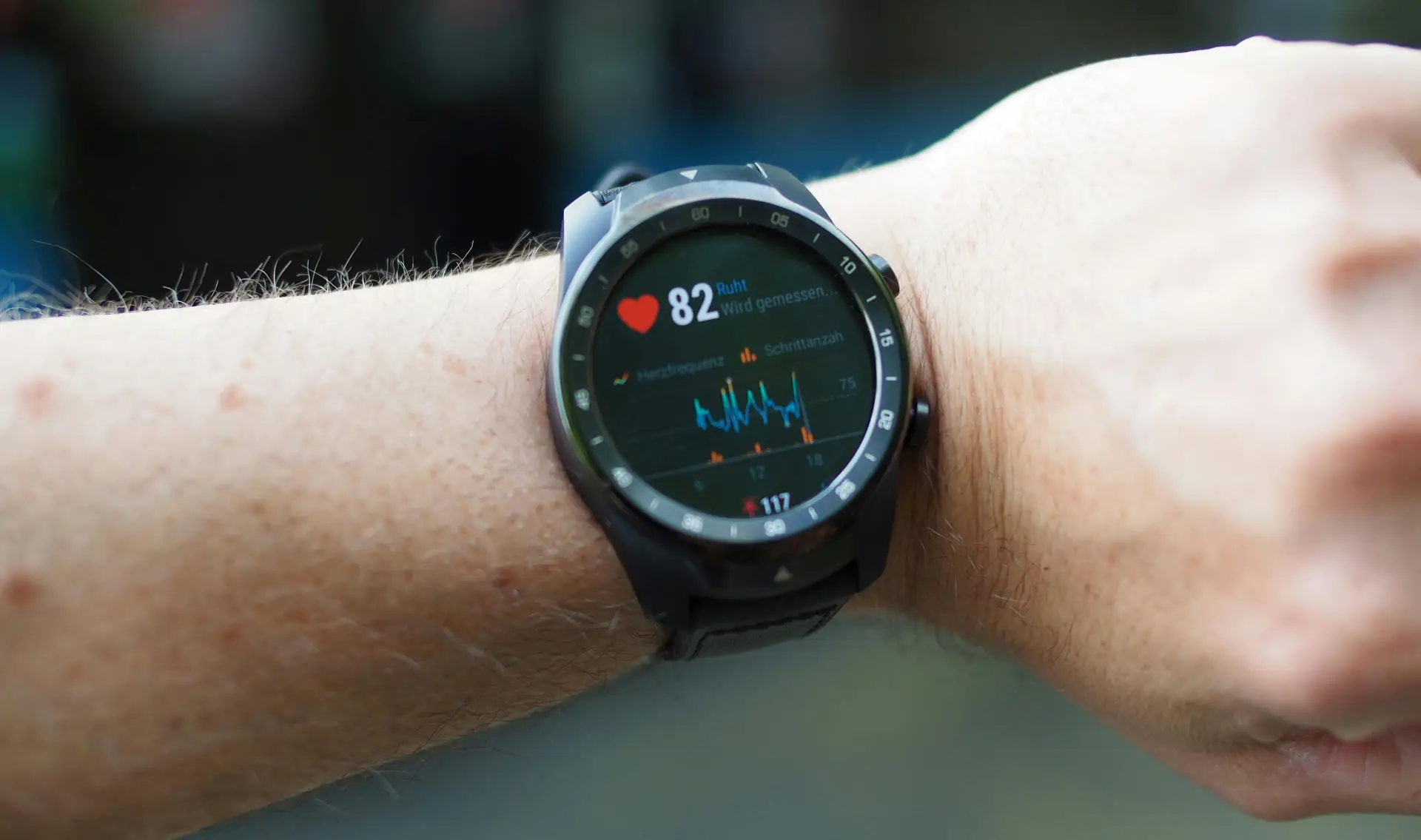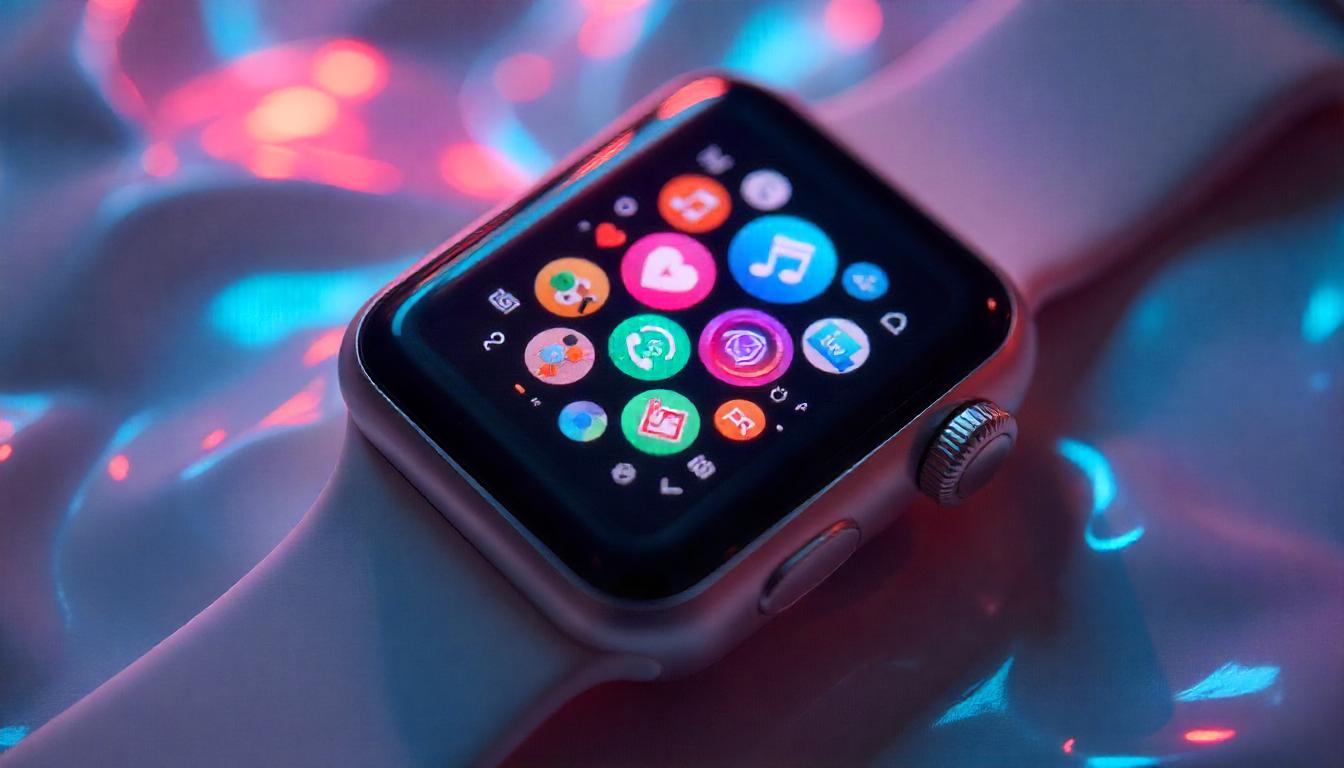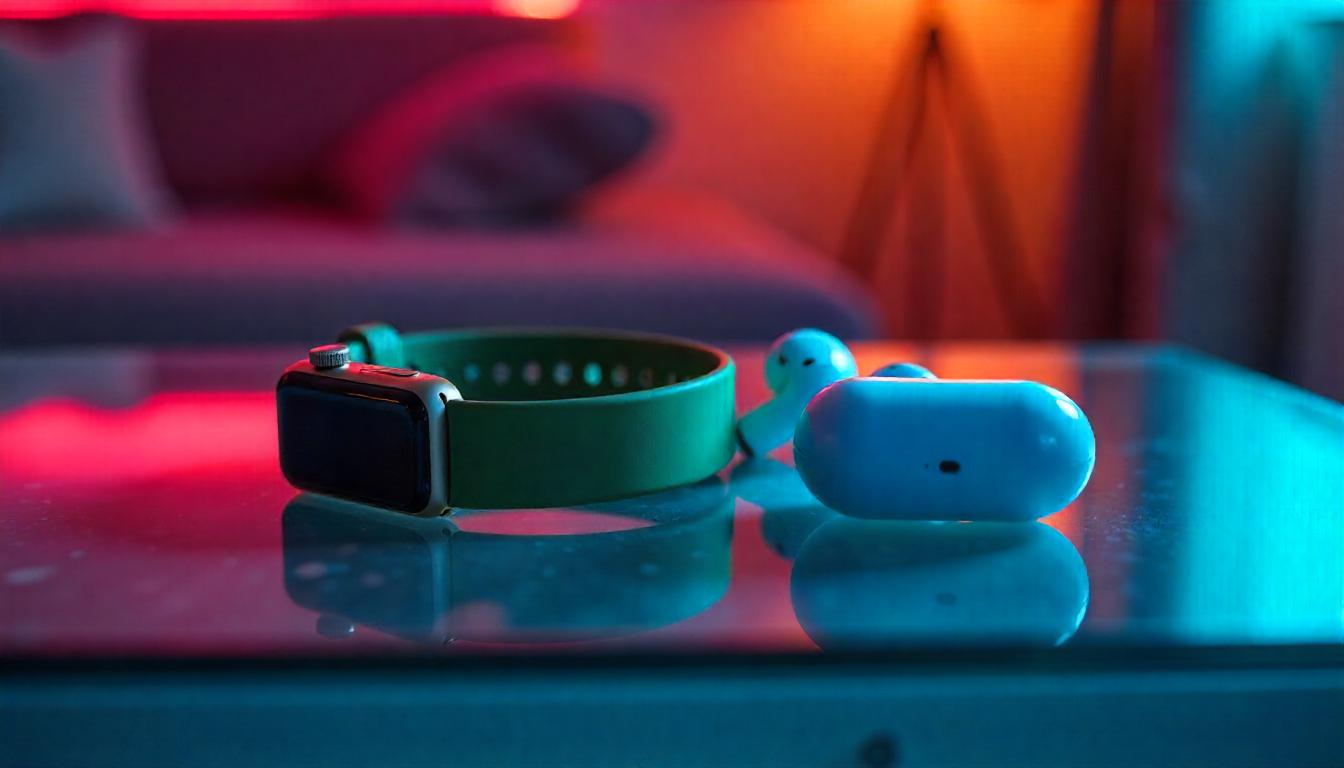Smartwatches have revolutionized personal health tracking by incorporating heart rate monitoring into their core features.
Coming from an early stage of step tracking, smartwatches and bands have seen gargantuan leaps into the technology embedded in them ever since.
In contrast, today’s fitness bands and smartwatches have a plethora of sensor technology built into them including blood oxygen saturation, body composition estimation, and respiratory rate.
At the center of these are those fancy heart rate sensors included with most of the new wearables. Although they might help increase your awareness of your personal health, it begs the question of how accurate are the heart rate monitoring capabilities, or how exactly do smartwatches calculate such health metrics in the first place?
Heart rate in a few words
Our heart beats several times each minute, known as BPM (beats per minute).
sometimes it beats faster and other times slower. This variance depends on certain factors, such as age, fitness level, and overall health.
A typical resting heart rate ranges from 60 to 100 BPM for most adults while youngsters beat a little quicker at 70 to 100 BPM, athletes on the other hand, have lower BPM rates due to their physical exercising regimes which gives them better cardiovascular efficiency.
In other words, their hearts exert less to move blood across their system.
Ways of measuring heart rate in smartwatches
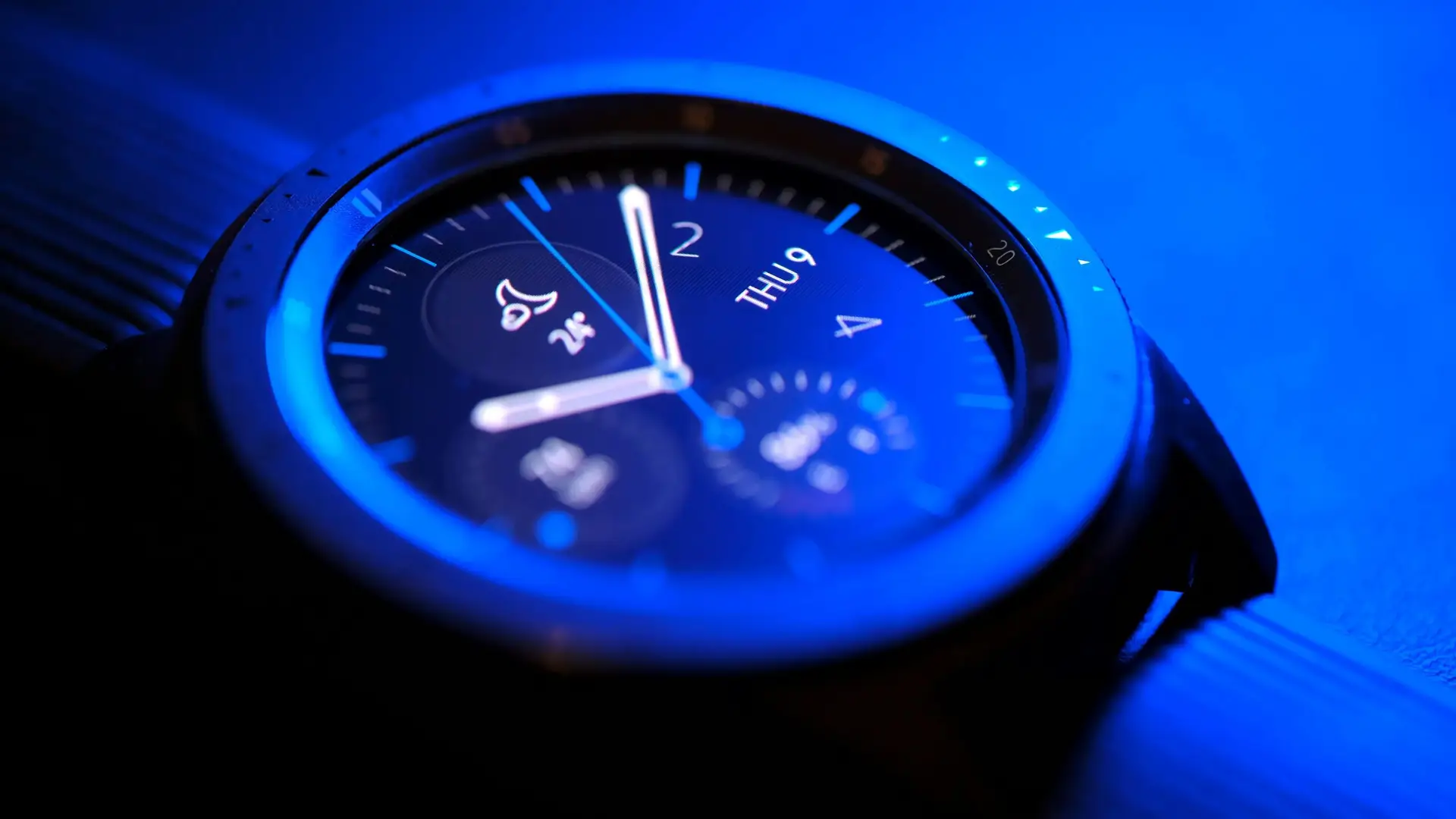
Photoplethysmography (PPG)
Photoplethysmography, or PPG, might sound complex, but it’s a simple process that’s likely part of your daily life, especially if you wear a smartwatch. Think about a tiny light shining into your skin, almost like a flashlight. This light bounces off the blood flowing beneath the surface, and the way it reflects back reveals your heartbeat. Every time your heart pumps, the blood flow changes, and the PPG sensor picks up on these tiny variations.
this simple light-based technology can give you real-time insights into your heart’s rhythm, letting you keep track of how your body responds to stress, exercise, or relaxation. For most of us, it’s like having a health companion on our wrist, monitoring one of the most vital signs of life.
Electrocardiography (ECG)
Electrocardiography (ECG or EKG) is a process that records the electrical activity of the heart over a period of time.
Smartwatches and Fitness Bands measure ECG by using built-in electrode sensors, typically on the back of the watch and the crown, smartwatches can record an ECG with just a touch. When you place your finger on the crown, the watch completes a circuit and measures the electrical signals from your heart. This data is then converted into an ECG waveform that appears on the watch’s screen, providing insights into your heart rhythm.
This technology might be particularly useful for detecting irregular heartbeats, like atrial fibrillation, and offers a convenient way to monitor heart health without visiting a clinic. The recorded ECGs can be stored and shared with healthcare providers for further analysis.
Bioelectrical Impedance (BIA)
Bioelectric impedance in smartwatches, when used for heart rate monitoring, involves measuring the body’s response to a small electrical signal to detect heartbeats.
Unlike PPG optical sensors that use light to track blood flow, bioelectric impedance measures changes in electrical resistance as blood pulses through the heart and surrounding tissues.
As the heart beats and blood moves through the body, the electrical properties of the tissues change slightly, and these changes are captured by the watch’s electrodes.
Fitbit
Fitbit brands their heart rate technology “PurePulse”. It features the same technology as PPG which is a green lite shone on the wrist. It suffers from the same limitations as PPG.
Apple Watch
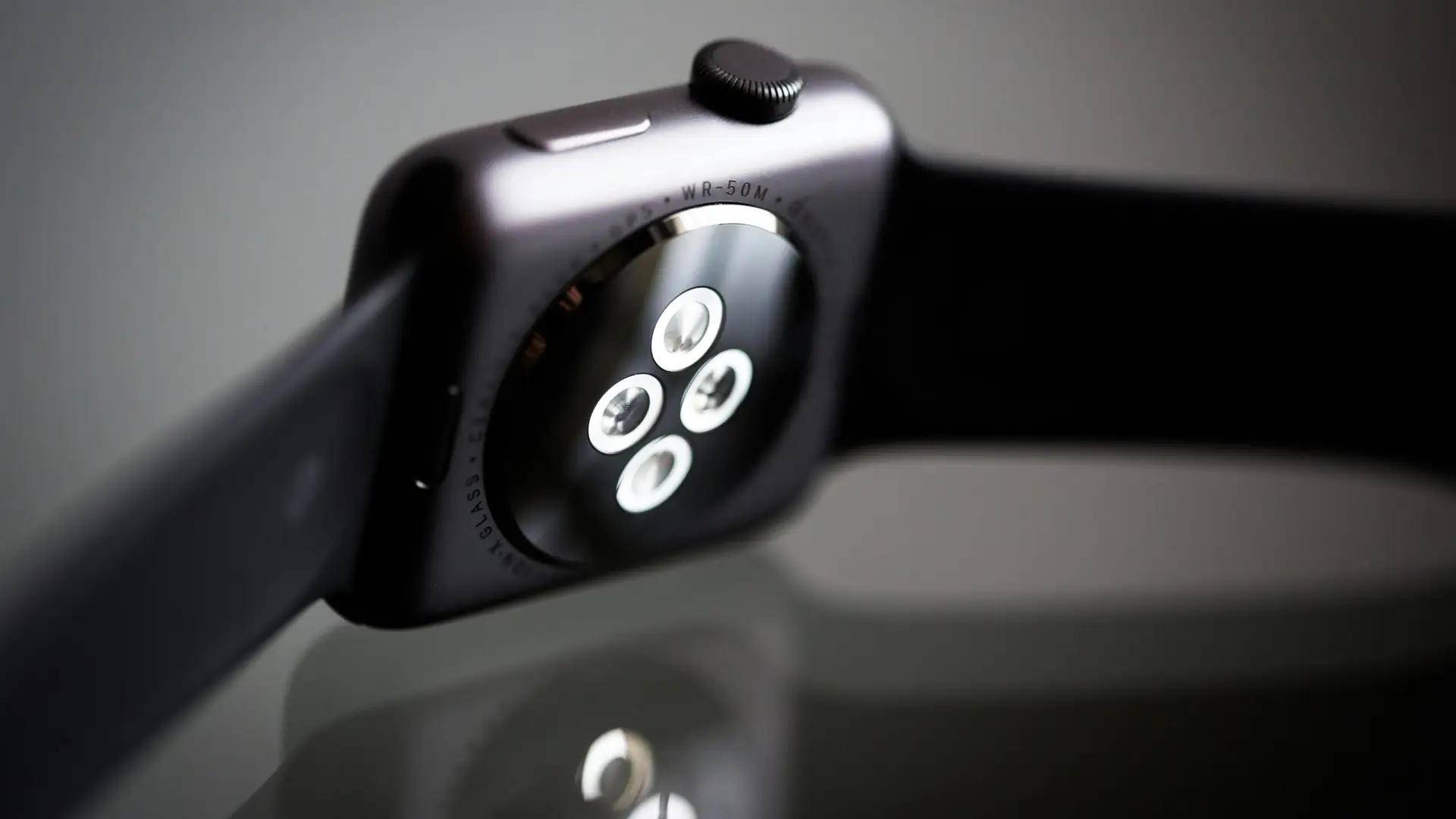
According to Apple, the Apple Watch Series 4 and later and all models of Apple Watch Ultra measure heart rate using Photoplethysmography (PPG) and Electrocardiography (ECG).
Samsung
Samsung also uses the PPG method to monitor your heart rate.
Accuracy of such heart monitoring methods in smartwatches
If we have not made it obvious smartwatches have revolutionized personal health monitoring, particularly through their heart rate sensors. However, while these devices offer convenient and continuous heartrate monitoring, their accuracy and precision have certain limitations, especially when compared to medical-grade equipment.
One of the significant challenges in heart rate monitoring during exercise is motion artifacts—errors caused by movement. As you exercise, especially during high-intensity activities, the watch may shift on your wrist, leading to inconsistent readings.
Studies have shown that during high-intensity workouts, smartwatch heart rate sensors tend to be less accurate, sometimes overestimating or underestimating heart rate. For instance, a study by Robert Wang (2017) found that during running, the error rate of smartwatch heart rate sensors increased significantly compared to resting conditions.
Another reason smartwatches may give bad readings is that manufacturers use proprietary algorithms to interpret the raw data from heart rate sensors. These algorithms vary between brands and models, leading to differences in heart rate readings even under identical conditions. This variability is one reason why some users might notice discrepancies when comparing readings from different devices.
Their readings are not considered as reliable as those from medical-grade devices like ECG machines or chest strap monitors. A study published in the Journal of Medical Internet Research (2019) highlighted that while wearable devices can provide valuable heart rate data, their precision is insufficient for clinical decision-making without further validation.
FAQs
Heart rate watches are fairly accurate for general use, especially at rest or during moderate activities. However, their accuracy can decrease during intense exercise or due to factors like wrist movement, skin tone, and watch fit.
Smartwatch heart rate monitors are generally reliable for everyday tracking but may not be as accurate as medical devices. Factors like intense exercise, wrist movement, and skin tone can affect their precision, so they should be used for general guidance rather than precise measurements.
Smartwatch ECGs are reasonably accurate for detecting heart rhythms and can identify issues like atrial fibrillation. However, they are not as precise as clinical ECGs and should be used as a supplemental tool rather than a definitive diagnostic method.
To check your BPM on a smartwatch, navigate to the heart rate or health app, then start the heart rate measurement. The smartwatch will use its sensors to detect your pulse and display your beats per minute on the screen.












